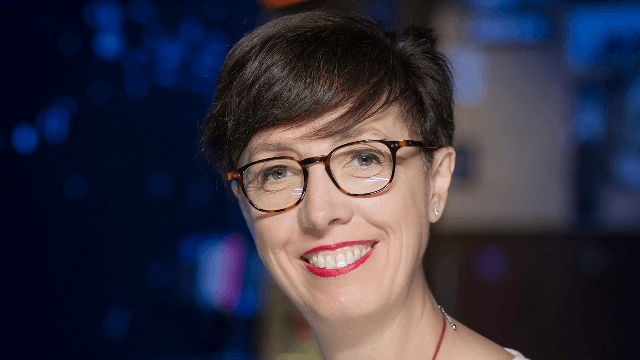Reflets Mag #140 | Stéphanie Rivoal (E93): “The City of Tomorrow Is Being Built in Africa”
Faced with a level of urbanisation like nowhere else in the world, can Africa avoid environmental disaster – or even offer inspiring solutions for cities the world over? Stéphanie Rivoal (E93) offers her assessment in “The City of Tomorrow, a Sustainable City?”, a report from Reflets Mag #140. We’ve made this article available for free… subscribe to read the rest of the issue!
Reflets Magazine: How did you come to work on the topic of sustainable cities in Africa?
Stéphanie Rivoal: I was appointed Secretary-General of the 2020 Africa-France Summit, as part of which I met a number of local stakeholders: ministers, mayors, neighbourhood associations, women’s associations, young people’s associations, and companies working in the housing, mobility, energy, water, and waste sectors. The event, which was sadly cancelled because of the pandemic, followed on from Emmanuel Macron’s speech in Ouagadougou: “500 million more city-dwellers on the continent by 2025. No-one has ever addressed such a challenge. This will be your challenge, our challenge. It could be an opportunity and it could be a disaster. I am personally convinced that it is in Africa that tomorrow’s sustainable cities are being invented.”
RM: Do African cities face specific environmental challenges?
S. Rivoal: The challenges are the same as elsewhere, but to the power of 10, because African cities are growing at a dizzying pace – Cairo, Kinshasa and Lagos will soon be megacities of tens of millions of people – and local authorities often do not have the resources they need. Agglomerations are spreading both erratically and exponentially, with no real urban planning, at the cost of accelerated deforestation and soil artificialisation, with highly polluting traffic jams, inadequate electrical grids and a lack of infrastructure preventing the development of soft mobility solutions.
RM: What solutions can African cities offer to this situation?
S. Rivoal: African cities have the advantage of being recent: they have no transition to undergo, unlike European cities, the majority of whose buildings are old, which in turn means they can incorporate sustainability directly into their buildings – they can choose alternatives to concrete, recycle wastewater for irrigating gardens, diversify building types within neighbourhoods (homes, offices) to limit population movements, etc.
RM: Could we take inspiration from certain existing African initiatives?
S. Rivoal: Despite the scourge of open landfills and plastic pollution, Africa has plenty to teach us about waste management, as waste is often sorted at the site of production to create livelihoods for entire families, rather than being collected and transported to an incineration site. As the majority of residents live in difficult economic situations, no opportunity to recover value is lost. Energy-saving homes are also being developed and are a source of ideas for how to achieve the level of frugality to which we aspire back home. Another interesting model which would be suitable for certain small European cities is the WinWin Agora, a complex that includes a sports centre, concert hall, auditorium, nursery, shared offices and a free clinic, made using low-cost containers with a solar roof.
RM: What about African shanty towns?
S. Rivoal: I’m going to say something counter-intuitive: shanty towns are the most sustainable urban sites. They don’t emit much CO2, they recycle everything... But while they are sustainable in the strict sense, they are clearly not decent or fit to live in for their residents. Clever renovation approaches without evictions are necessary – and possible, including by adopting a community-based approach such as that currently being tried by South Africa.
RM: What future do you see for African cities?
S. Rivoal: I see the same need that I see everywhere else: the need to create a continuum of cities, cities of different sizes that allow people to inhabit areas in a balanced way. I see the resurgence in interest in medium-sized cities as a collateral benefit of the pandemic because, if it persists, this movement could give us enough time to find appropriate solutions without having to deal with unfettered urbanisation. In any case, the topic of sustainable cities is a source of real enthusiasm all over the world, among citizens and politicians alike. Change is within our reach!
Interview by Louis Armengaud Wurmser (E10), Content Manager at ESSEC Alumni
Translation of an article published in the “Ville de demain, ville durable ?” [“The City of Tomorrow, a Sustainable City?”] report in Reflets Mag #140.

Comments1
Please log in to see or add a comment
Suggested Articles



